-
×
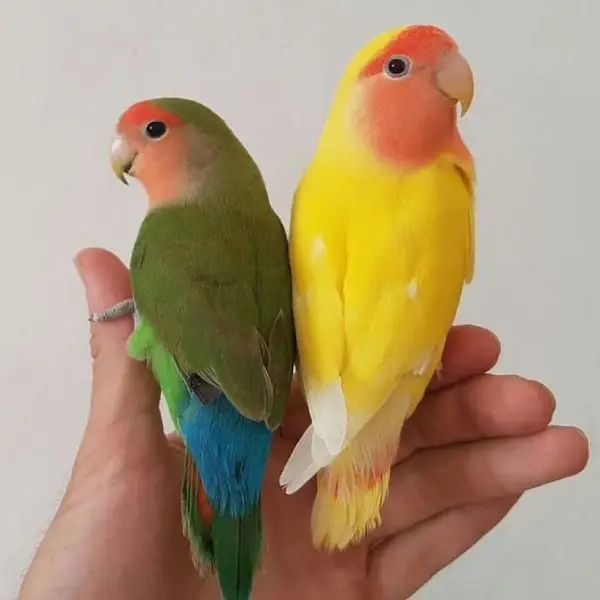 Common Lutino
1 × ₨ 5,000
Common Lutino
1 × ₨ 5,000 -
×
 Zebra Finch
1 × ₨ 1,500
Zebra Finch
1 × ₨ 1,500 -
×
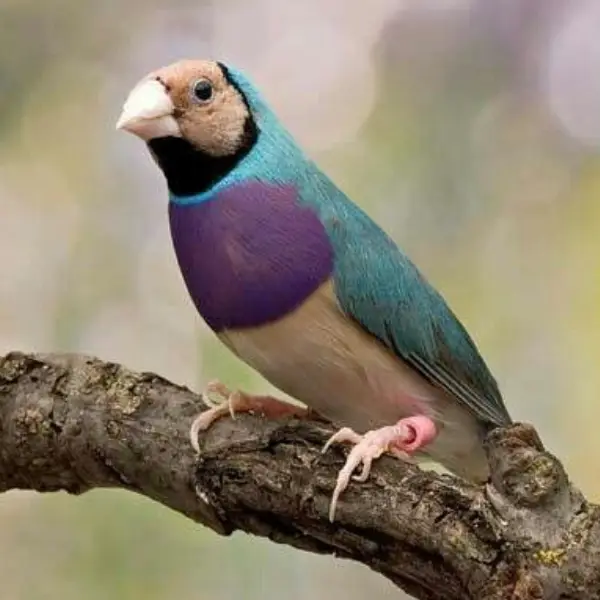 Blue Gouldian Finch
1 × ₨ 20,000
Blue Gouldian Finch
1 × ₨ 20,000 -
×
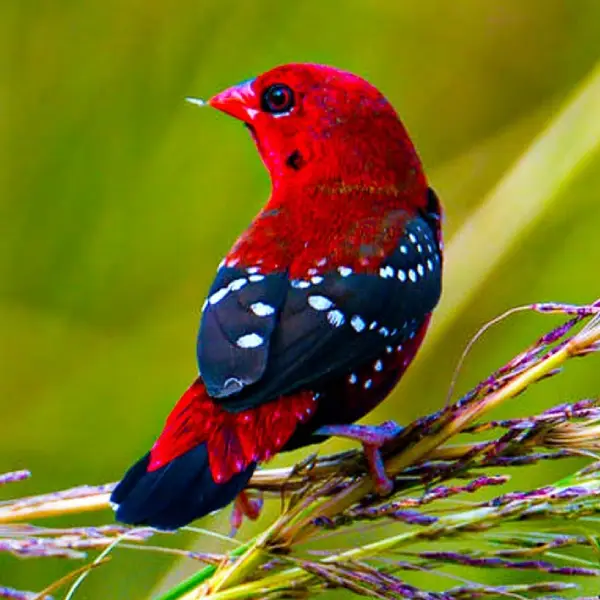 Strawberry Finch
1 × ₨ 3,500
Strawberry Finch
1 × ₨ 3,500 -
×
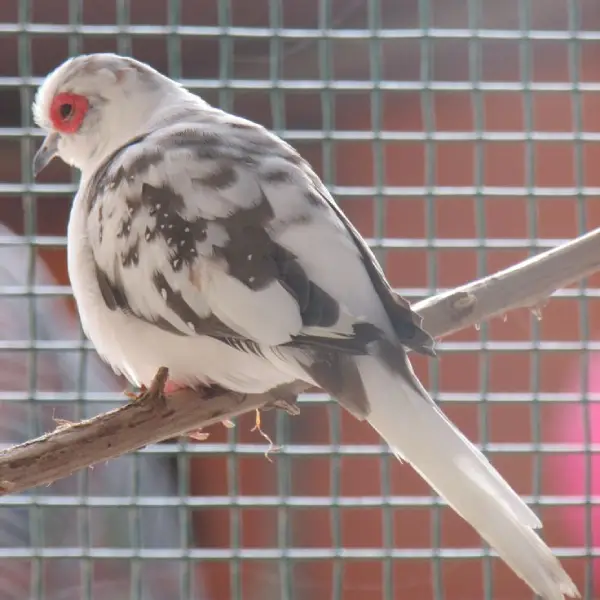 Diamond Pied Dove
2 × ₨ 5,000
Diamond Pied Dove
2 × ₨ 5,000 -
×
 Lotino Gouldian Finch
1 × ₨ 12,000
Lotino Gouldian Finch
1 × ₨ 12,000 -
×
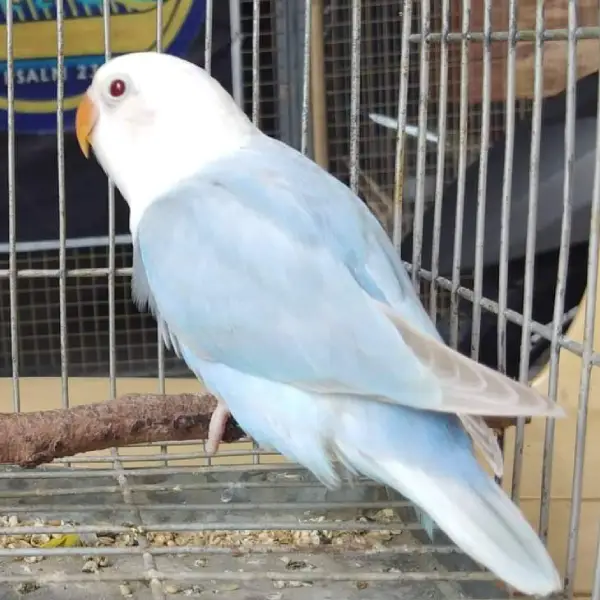 Blue Opaline Pale Fellow
1 × ₨ 30,000
Blue Opaline Pale Fellow
1 × ₨ 30,000 -
×
 White Zebra Dove
1 × ₨ 35,000
White Zebra Dove
1 × ₨ 35,000 -
×
 Euro Bengalese
1 × ₨ 3,000
Euro Bengalese
1 × ₨ 3,000 -
×
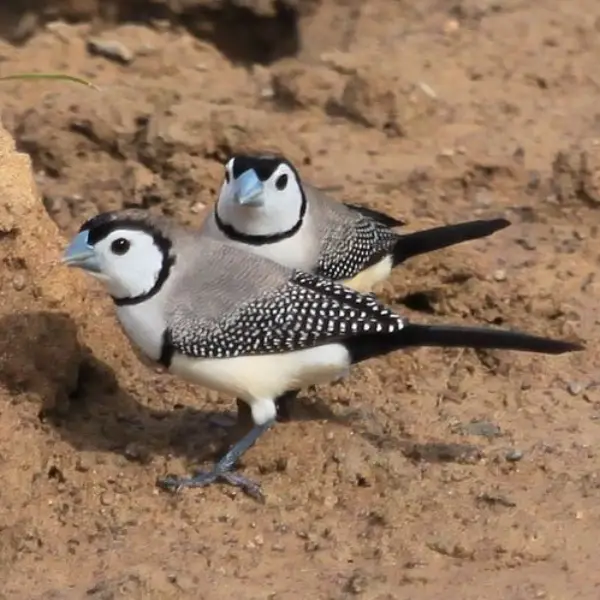 Owl Finch
1 × ₨ 16,000
Owl Finch
1 × ₨ 16,000 -
×
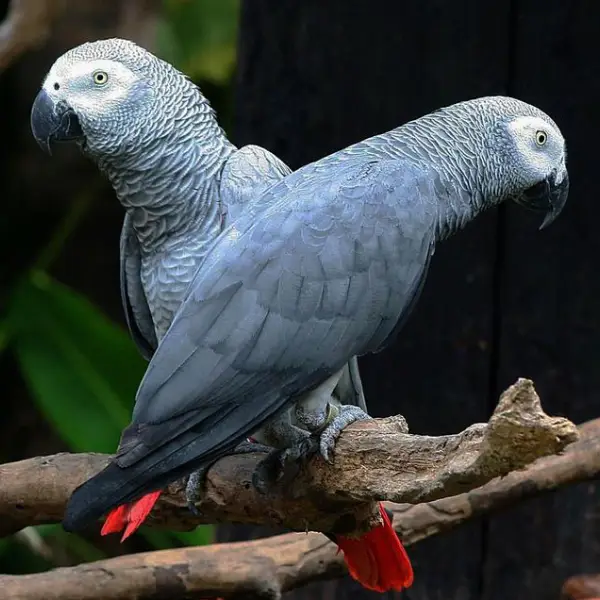 African Grey
1 × ₨ 375,000
African Grey
1 × ₨ 375,000 -
×
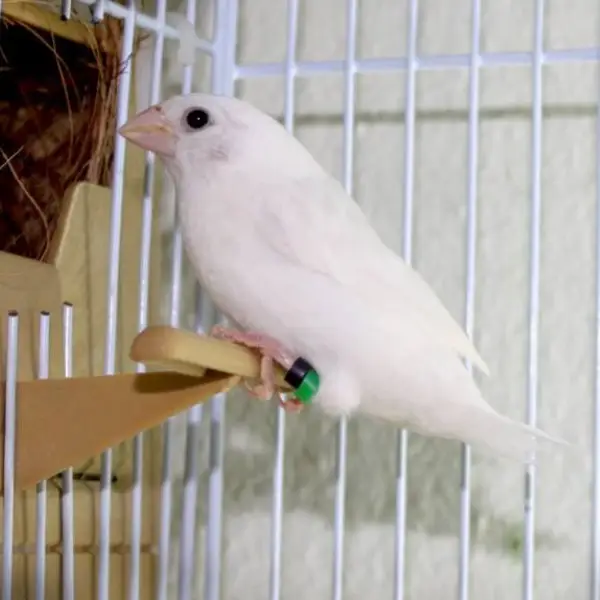 White Bengalese
1 × ₨ 1,500
White Bengalese
1 × ₨ 1,500
Subtotal: ₨ 512,500

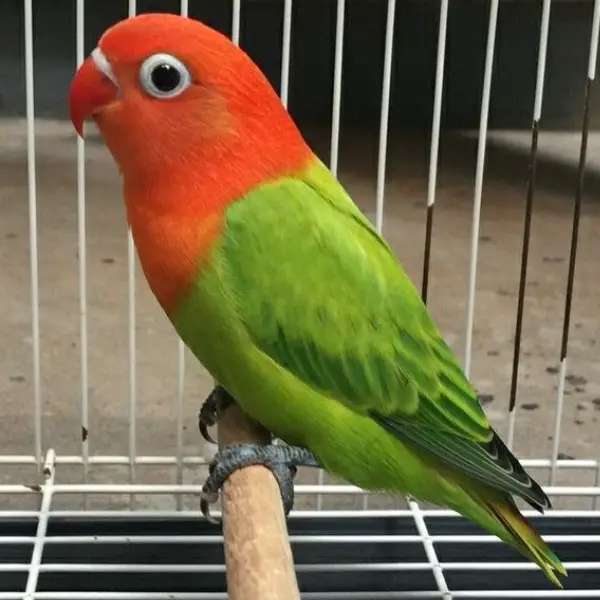

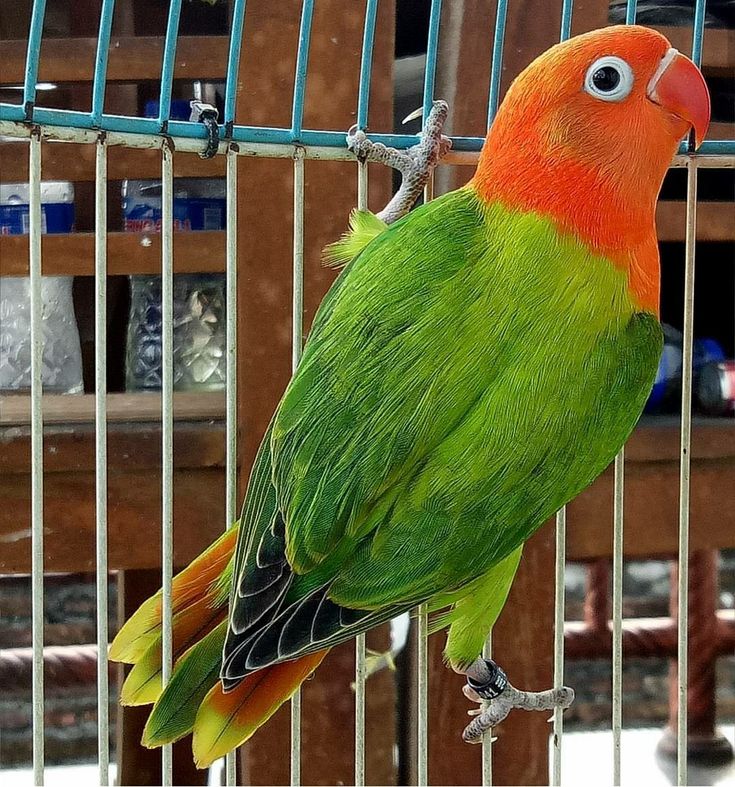



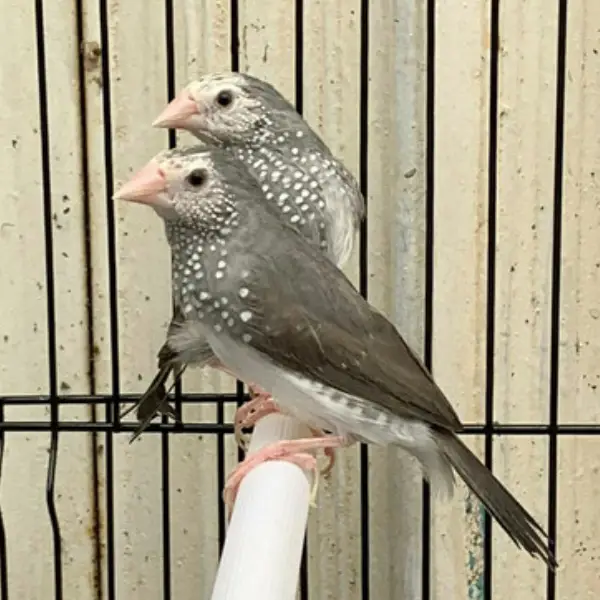

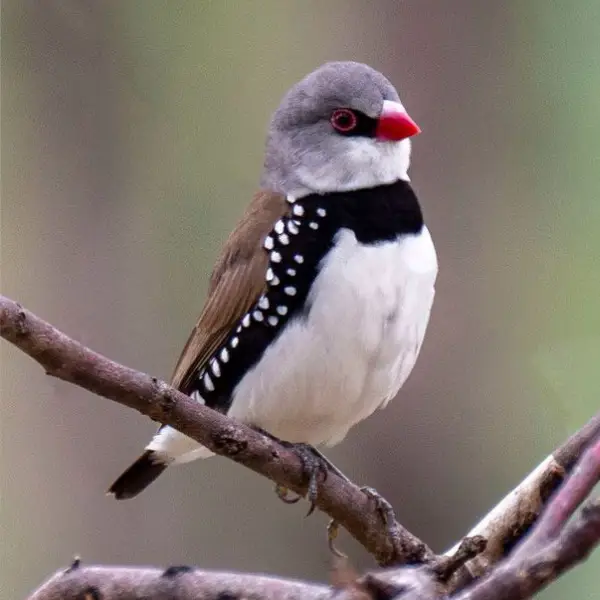
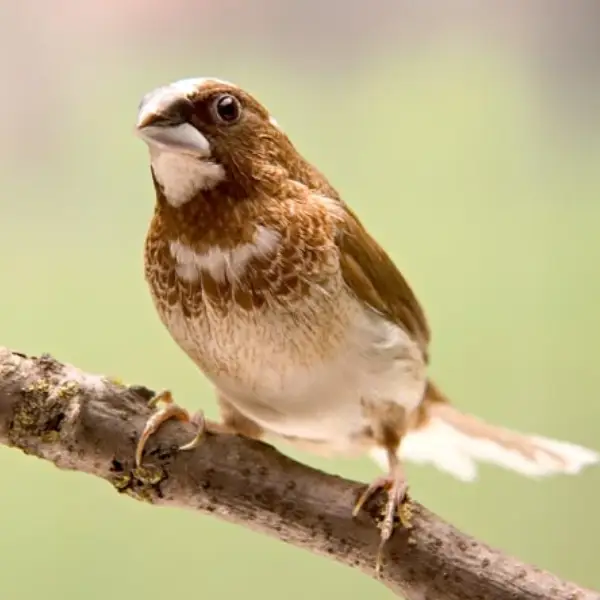
Reviews
There are no reviews yet.